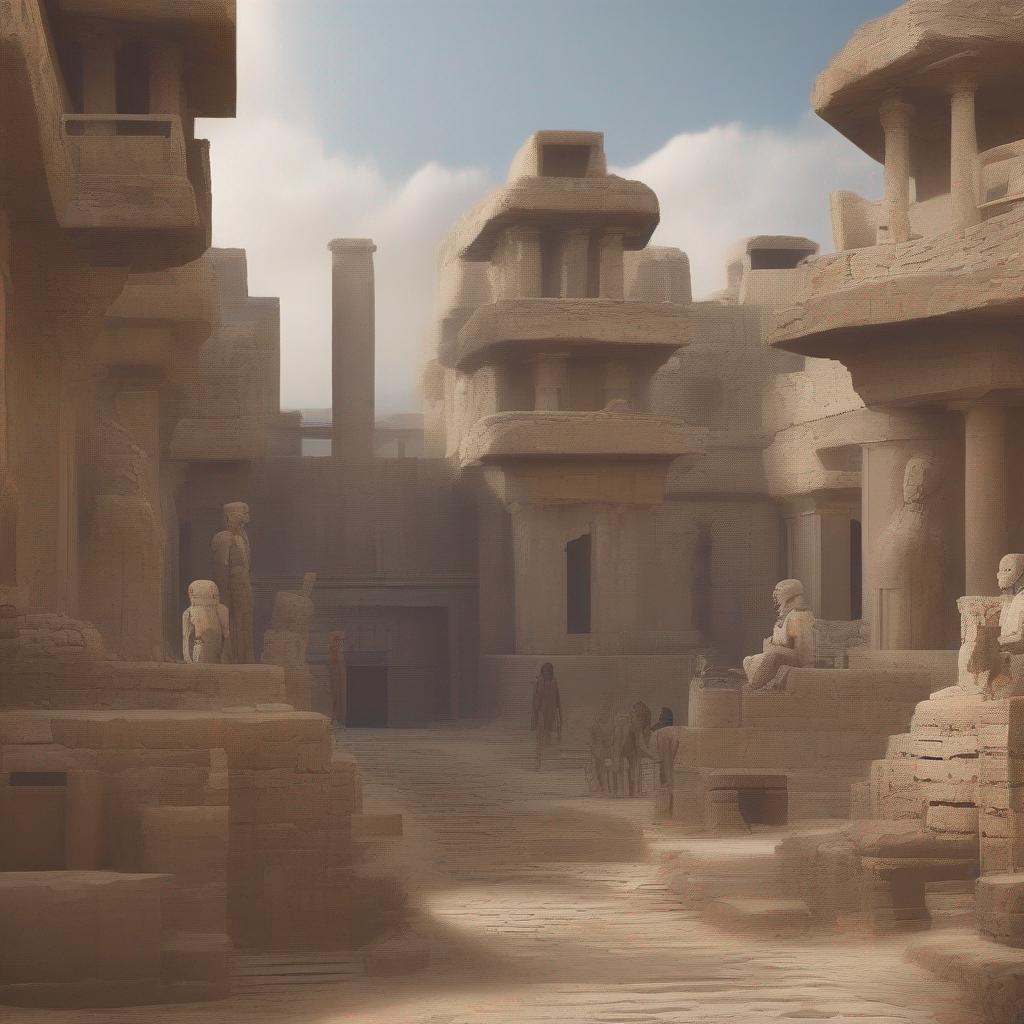Artificial intelligence (AI) has made it possible to create photorealistic images that appear to have been taken in the past. This technology has been used to create images of historical figures, events, and places that would otherwise be impossible to capture on camera.
For example, AI has been used to create images of Neandertals, the ancient hominids who lived in Europe and Asia from around 200,000 to 40,000 years ago. These images are based on scientific evidence about Neandertal anatomy and behavior. They show Neandertals as having stocky builds, broad noses, and prominent brow ridges.
AI has also been used to create images of historical events, such as the attack on the Hamburg in 845 AD by Danish Vikings. These images are based on historical accounts of the event. They show Viking warriors in horned helmets and chain mail, attacking the city with swords and axes.
In addition to historical figures and events, AI has also been used to create images of places that no longer exist. For example, AI has been used to create images of the ancient city of Troy, which was destroyed in the Trojan War. These images are based on archaeological evidence and historical descriptions of the city. They show Troy as a large and prosperous city with walls, towers, and temples.
The use of AI to create photorealistic images of the past is a powerful tool for education and entertainment. These images can help us to understand the lives of our ancestors and to see the world as it was in the past.
However, it is important to remember that these images are not real photographs. They are created by computers, and they may not be entirely accurate. It is important to use these images with caution and to be aware of their limitations.




